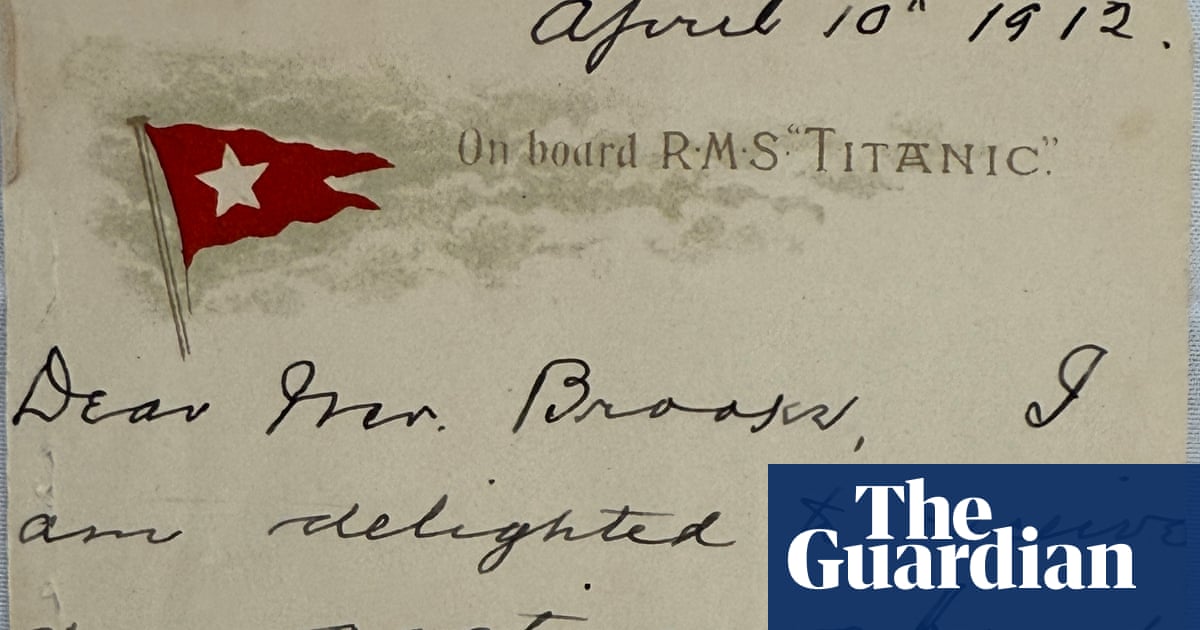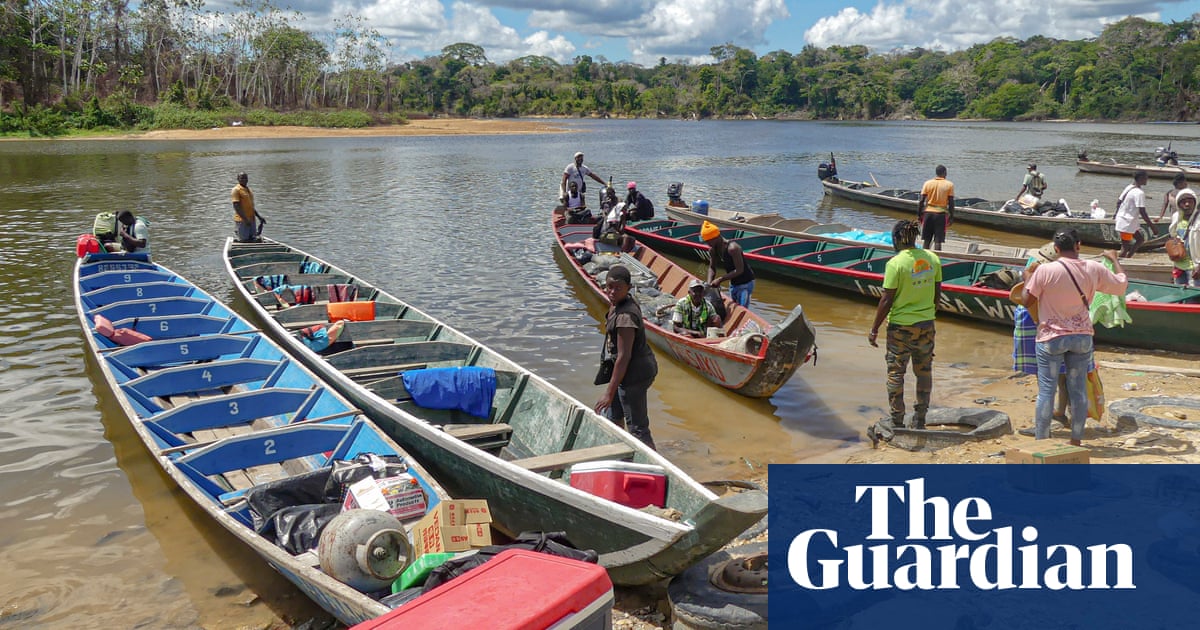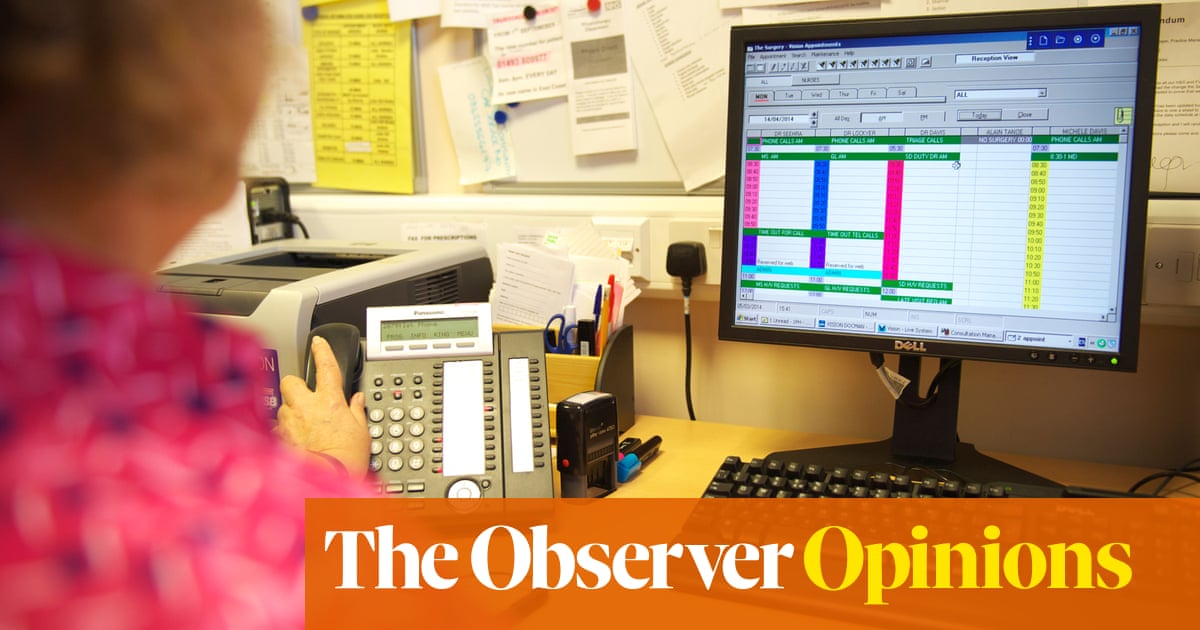The toad’s eyes seemed to glow red, its warty and poison-soaked skin – normally splodged in browns – instead a porridge of creamy whites. This albino toad was produced by a team of scientists with one foot in a Sydney university laboratory and the other in a research station on the vast tropical savannahs and wetlands far away to the north near Humpty Doo.
It was September 2023 and for the man who dreamed it into being, the toad was but an opening act in a radical new play against one of the world’s worst invasive species.
Molecular biologist Maciej Maselko was stunned by how quickly the team was able to successfully inject a cane toad egg with a mixture of proteins and RNA to knock out a gene needed for pigmentation.
“I was astonished,” the Macquarie University associate professor says.
“I mean, I knew it was technically feasible, but we got – within a few months – as far as I hoped we would get within, maybe, two years. Basically, one of our very first attempts at genetically engineering the cane toads worked.”
This, however, was just stage one in the plan put to Maselko – meant only to prove “the capabilities necessary” for stage two. Because the injected tadpoles, normally jet black, were instead pure white, it was immediately obvious that the scientists could, indeed, use Crispr-Cas9 gene-editing technology on cane toads.
What they would produce next was a tadpole that – should eggs dream – would belong to a cane toad’s most diabolical of nightmares. They called it Peter Pan – and it was a “super cannibal”.
But while Maselko and the likes of post-doctoral researcher Michael Clark brought the genetic engineering expertise needed to execute the plan, it was not one of which they had conceived.
Macquarie University Prof Rick Shine, an evolutionary biologist, ecologist and author of Cane Toad Wars, has dedicated much of his life to devising novel strategies in the ecological defence against the toads. In 2016, he won the prime minister’s prize for science for teaching quolls and goannas not to eat the invading amphibians by feeding them cane toad sausages.
That year he also won the New South Wales scientist of the year award for developing pheromone traps that lure cane toad tadpoles using the toad’s own poison.
“The Peter Pan approach is definitely [Shine’s] baby,” Maselko says.
By knocking out a single gene in toad eggs, the scientists produced hatchlings unable to metamorphose beyond tadpoles, hence their likening to the boy who wouldn’t grow up.

So how does this tale turn from fantasy to – for a cane toad at least – horror? The answer lies in its brief but storied Australian history.
The cane toad was introduced in 1935 in an effort to stop native beetles devastating sugar cane crops. An utter failure as a biological control, it was spectacularly successful as an invasive species.
The toads now number more than 200 million, having conquered the entire east coast of Queensland, swept across the tropical north, and are now marching down Australia’s west coast. Along the way they have devastated big predators naive to their deadly toxins, from lizards more than 1 metre long to freshwater crocodiles, marsupial carnivores to king brown snakes.
“The history of biocontrol is littered with failures,” Shine says. “But the introduction of cane toads to Australia is one of the classic examples of a truly stupid decision.”
Shine has spent time in the toad’s native South American range. There, kept in check by parasites and co-evolved predators, and in competition with similar species, the cane toad can be “hard to find”.
Largely freed of these population checks in Australia, it thrives in such “fantastic abundance” that a cane toad’s greatest threat to its growing up is tens of thousands of other rival cane toads.
“If you are a cane toad tadpole and a female toad comes along and lays 20,000 eggs in your little pond, there are going to be 20,000 hungry mouths all trying to eat exactly the same stuff that you need,” Shine says.
Over years of observation and research, the ecologist and his team learned Australian tadpoles have responded by becoming irresistibly attracted to the scent of cane toad eggs, which they devour before the competition can hatch.
“We’ve discovered that the toads have evolved to be voracious cannibals in the course of their Australian invasion,” he says.
According to the team’s field studies, 99% of cane toad eggs are eaten in ponds that already have tadpoles – meaning eggs have next to no chance of survival until those tadpoles metamorphose and leave.
But would the Peter Pans share that taste for toad egg? Shine and his wife, Terri, address this question on a website they run to document the work.
“To our delight they are super cannibals – they eat about four times as many eggs as a normal tadpole,” they say on the site.

Shine says that unable to transform into toads, his Peter Pans grow larger and exist as tadpoles for as long as three months, as opposed to – under ideal conditions – fewer than three weeks.
Which means that if Peter Pans were put into a pond, they might eat just about every single egg laid in it for an entire breeding season. Then, unable to metamorphose, they too would die.
Much work remains before any “widescale deployment in the field” of gene-edited tadpoles. The team must master mass producing Peter Pans, assess their impacts, publish results and earn a social licence.
To that end, Shine insists, the Peter Pan “is no Franken-toad”.
Maselko stresses that the tadpoles are not produced by crossing genes from different species – transgenics – but simply by disrupting a gene already present in their DNA.
“Peter Pan tadpoles are really exciting because all you’re doing is releasing some organisms into the wild that are sterile … [and have] mutations that will happen in the wild, naturally, anyway,” he says.
University of Queensland’s Prof Rob Capon worked for about a decade with Shine to develop the cane toad tadpole traps now being rolled out around the country.
Not involved in the Peter Pan project, the organic chemist applauds Shine and his collaborators for “having the imagination to try” what is, he says, “a technical achievement in its own right”.
But – given the “imponderable cascade” of effects that can occur when interfering with an ecosystem – he says Shine’s team must prove that releasing Peter Pans into the wild would bring benefits that outweigh any risks.
And Capon tempers any expectation that the cane toad can ever be eradicated. Getting a Peter Pan tadpole in every water body in northern Australia, for example, would be a “near herculean task”.
“Cane toads will literally breed in a puddle,” Capon says.
No one is more aware of the scale of the cane toad challenge than Shine. But by the end of next year, he hopes to have “very convincing data” behind his Peter Pans.
And as the research continues in earnest, Shine is permitting himself a rare sensation in the fight against invasive species in Australia.
He remains steady and determined, but feels the glimmer of optimism.
“We’re going to go slowly,” Shine says. “We want to get it right. We don’t run into those mistakes that people get by hurtling in and playing God with ecosystems.”

 7 hours ago
5
7 hours ago
5













































